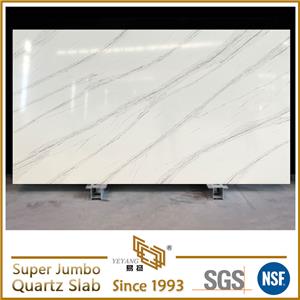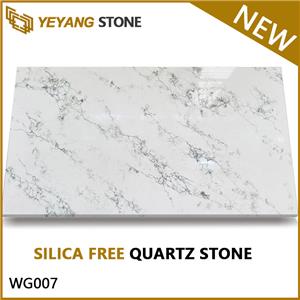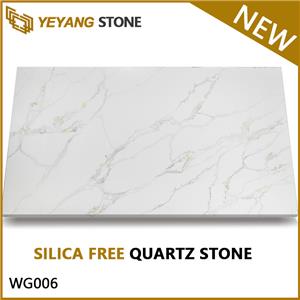A Comprehensive Analysis of Engineered Quartz Stone Production
1. What is Engineered Quartz Stone
Engineered quartz stone is a building and decorative material made from high-purity quartz granules and quartz powder as the primary raw materials, combined with a small amount of high-performance resin binders and pigments. It is manufactured through a series of complex processes, including raw material homogenization, mixing, distribution, molding, curing, polishing, and finishing. The final product is a slab that is cut and processed for applications such as countertops, walls, and flooring. In recent years, global demand for quartz stone products has grown rapidly, with an annual increase of 20% to 30%. This rising demand has driven capacity expansion, advancements in production technology, and broader applications of quartz materials in the architectural and decorative industries. Quartz stone has become the preferred material for kitchen countertops due to its superior hardness, scratch resistance, acid and alkali resistance, stain resistance, and ease of cleaning. Additionally, it has significant market potential in applications such as bathrooms, flooring, and walls. As a leading quartz stone supplier with our own mine and factory, we ensure the highest quality materials, advanced production techniques, and innovative designs that meet international standards.
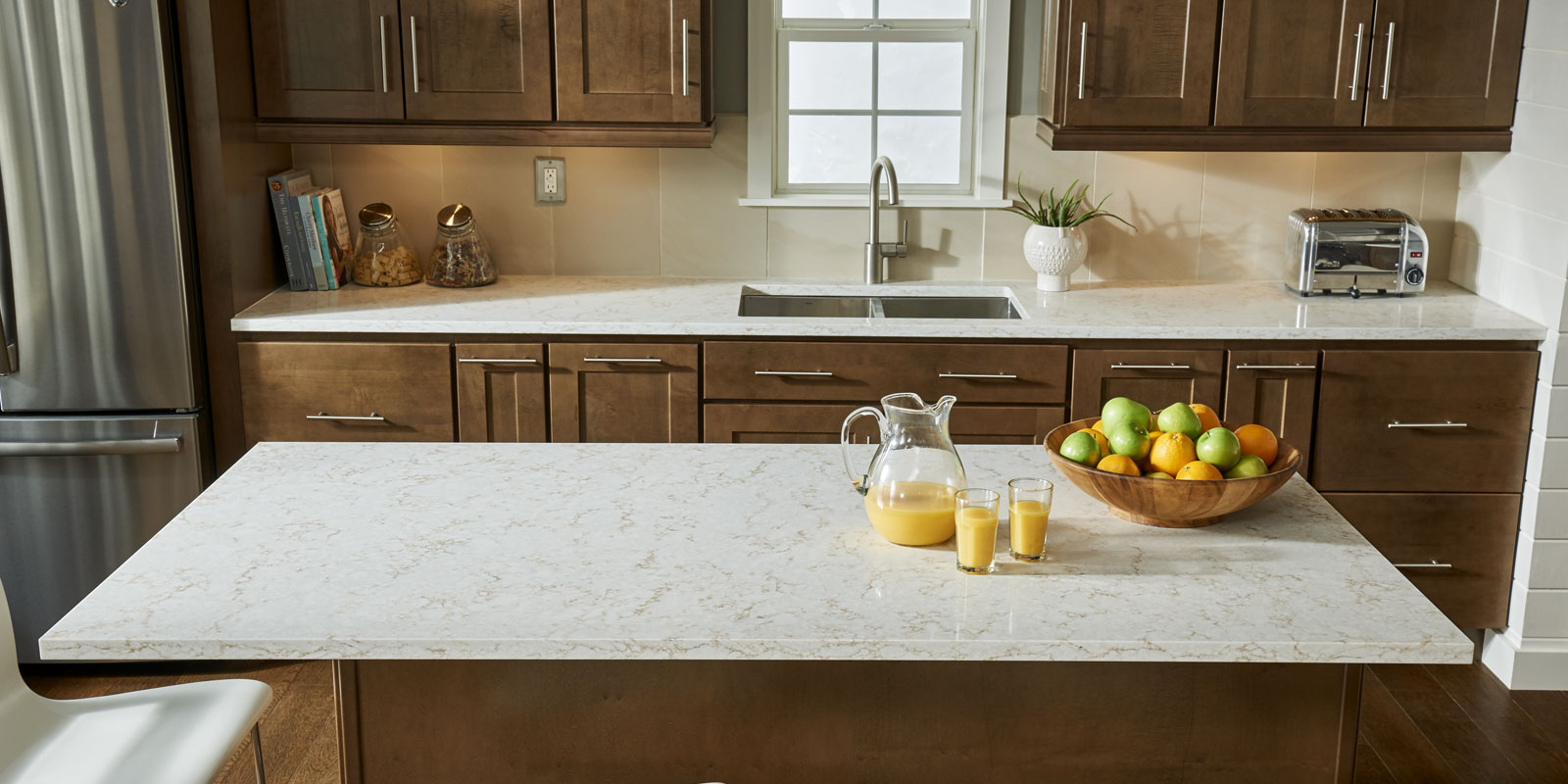
2. Production Process of Engineered Quartz Stone
1) Raw Material Selection
The main raw materials for engineered quartz stone include:
High-purity quartz sand: Determines the hardness and wear resistance of the final product.
Quartz powder: Influences the density and uniformity of the slabs.
Resin binders: Enhance the toughness and adhesion properties of the slabs.
Pigments and additives: Provide a rich variety of colors and special physical properties.
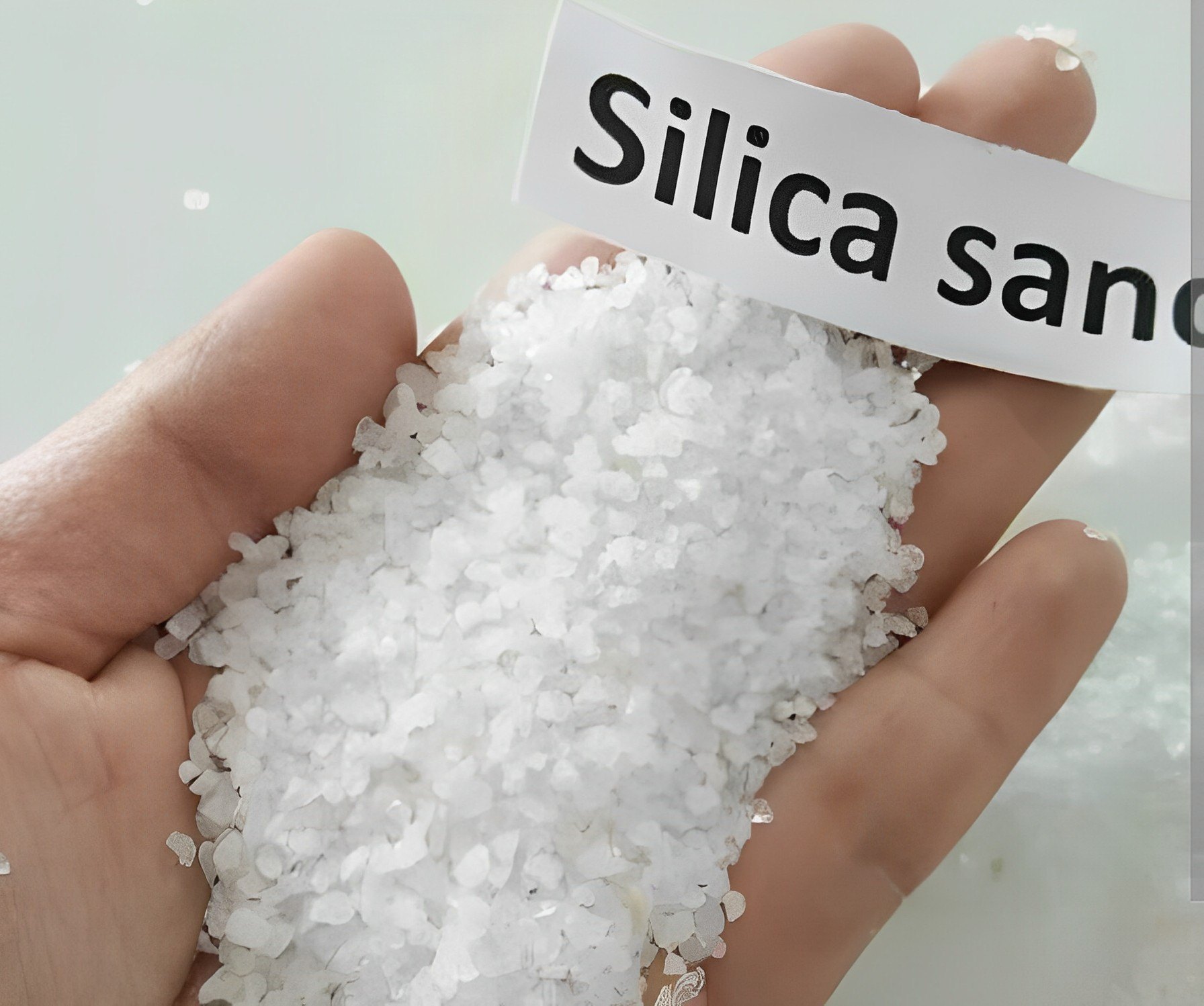
2) Material Mixing and Distribution
Selected raw materials are precisely measured and fed into a mixer, where they are thoroughly blended to ensure consistency and stability throughout the production process. The uniformly mixed material is transported to a distribution device, which evenly spreads the mixture into molds using an automated system, ensuring uniform thickness and consistent color distribution in the final slabs.
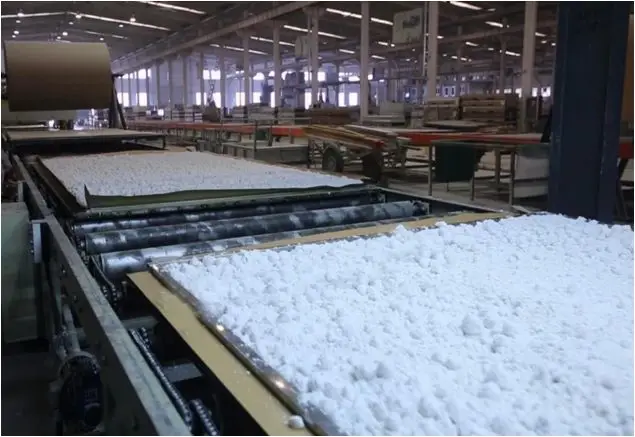
4) Molding
The molding process employs vacuum vibration compression technology to remove air bubbles and enhance material density. The primary molding methods include:
Slab Pressing Method (mainstream process): Directly compressing into thin slabs.
Block Pressing Method (for high-replica quartz blocks): Calcium powder is added before compression into blocks, which are later cut into slabs.
Casting Molding Method (for custom-shaped products): Used mainly for specialized designs or small-scale production.
5) Curing
The pressed slabs undergo thermal curing in a curing oven to enhance stability and mechanical strength. Temperature and time control are critical during this stage:
Curing Temperature: Typically between 80°C-90°C, with some cases using room-temperature curing.
Curing Time: Approximately 1 hour for medium-temperature curing.
Curing Equipment: Includes vertical flatbed curing ovens and roller kiln curing furnaces.
The curing quality can be tested by lightly tapping the slabs: a crisp sound indicates good curing, while a dull sound may suggest incomplete curing.
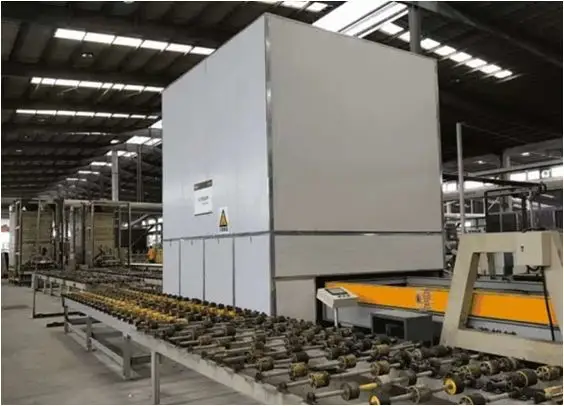
6) Post-Curing Storage
After curing, the slabs must rest for 24 hours to ensure complete cooling and stability. The storage method depends on the resin shrinkage rate:
Low-shrinkage resin: Slabs can be stored upright on A-frames.
High-shrinkage resin: Slabs should be stored flat and kept clean to maintain surface flatness.
7) Polishing
The gloss level of quartz slabs depends on the particle size and polishing technique:
Small particle slabs: Typically have a gloss level of around 40°.
Large particle slabs (especially with glass particles): Can achieve gloss levels of 60° or higher.
Optimized Polishing Process:
The side that was in contact with the mold is selected as the polished surface for better flatness and density.
High-quality granite polishing blocks with appropriate grit sizes are used.
Polishing speed is adjusted:
Small particle and solid-colored slabs require a lower line speed.
Large particle, glass particle slabs, and light-colored slabs can be polished at a higher speed.
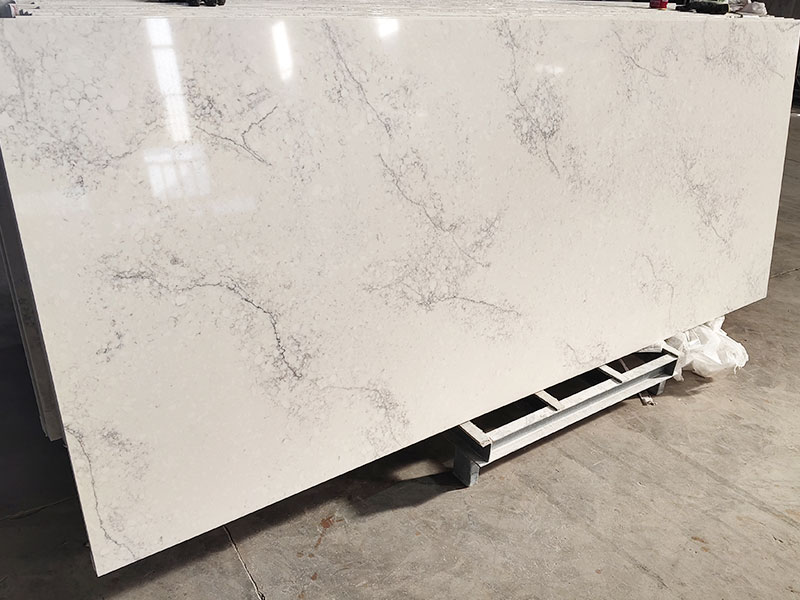
(Yeyang quartz slab polished surface)
8) Quality Inspection
After polishing, the slabs undergo strict quality control, including:
Consistency check of color and patterns.
Measurement of thickness and dimensional deviations.
Surface flatness and gloss level verification.
Strength and stain resistance testing.
9) Cutting and Sizing
Based on market demands, slabs are cut into various sizes, such as standard countertop slabs or custom dimensions. High-precision cutting equipment ensures clean edges without chipping.
With its outstanding physical properties, diverse color options, and broad range of applications, engineered quartz stone has become an ideal choice for modern home and commercial space design. Every step in the production process is crucial, directly impacting the quality and user experience of the final product. As technology advances, the quartz stone industry continues to evolve toward higher quality, eco-friendliness, and customization. With the increasing demand for premium decorative materials, engineered quartz stone is set to enjoy an even brighter market future.
At Yeyang Stone, we take pride in offering top-quality quartz slabs that combine innovation, durability, and aesthetics. Our state-of-the-art facilities and strict quality control ensure that our products meet global standards, making us your trusted partner in quartz stone solutions.

